YourGPT vs Botpress: Which AI Agent Platform Is Better in 2025?


YourGPT and Botpress are both AI agent platforms, but they take different approaches to automation and customer engagement.
Businesses don’t need another chatbot. They need AI agents that connect to their existing systems, handle real tasks, and work across multiple channels without breaking down when customers ask something unexpected.
This guide compares how YourGPT and Botpress handle setup, AI capabilities, integrations, customization, and pricing. By the end, you’ll know which platform matches what you’re actually trying to build.
| Feature | YourGPT | Botpress |
|---|---|---|
| Who Should Use It | SMBs, mid-market, and enterprises needing automation, self-learning AI, and omnichannel coverage | Developers and teams who want modular chatbot building with custom logic |
| AI Strengths | Self-learning, persistent memory, automation workflows, and real-time backend actions | Flow builder, and developer-controlled logic |
| Channels | Web, WhatsApp, Messenger, Telegram, Slack, Email, Voice, LINE | Web, Messenger, WhatsApp, custom APIs |
| No-Code Builder | Yes, visual interface for non-technical users | Partial, requires technical setup and scripting |
| Integrations | Shopify, HubSpot, CRMs, APIs, and webhooks | Zapier, REST APIs |
| Security & Compliance | SOC2, GDPR compliant | SOC2, GDPR compliant |
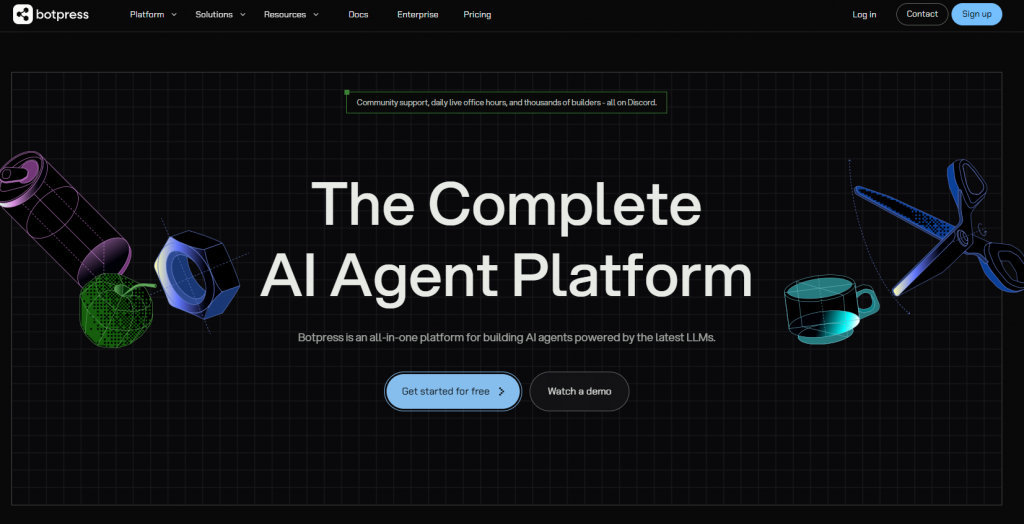
Botpress is a conversational AI platform that provides developers with a framework to build, deploy, and manage AI agents. The platform combines visual building tools with code-level customization capabilities.
Core Features of Botpress:
Botpress offers both a user-friendly visual interface for quick setup and developer-level customization for complex projects. Its effectiveness depends on your team’s technical capabilities and the complexity of your automation needs.
Botpress, on the other hand, provides a generous free tier with pay-per-usage pricing that scales with growth :

YourGPT is an AI agent platform built for businesses that need one system to handle customer support, sales, and operations. YourGPT Powered agents can execute multistep actions—calling APIs, updating databases, processing transactions, and completing workflows autonomously. Deploy agents across websites, WhatsApp, Instagram, email, and voice calls, managing all conversations from a unified inbox.
YourGPT works for businesses that need AI agents running quickly across multiple channels, with the flexibility to automate workflows and integrate with existing tools. It bridges the gap between simple chatbots and complex custom-built systems.
YourGPT offers transparent, usage-based pricing with no per-seat costs, making it easier for teams to predict expenses and scale as they grow:
Both platforms enable AI-driven automation but differ in ease of use, adaptability, and scalability. YourGPT focuses on no-code automation, while Botpress offers developer-level customization.
Compare how YourGPT and Botpress perform across AI, integrations, training, and deployment channels. This side-by-side breakdown shows which platform is better aligned with your business requirements.
| Feature | YourGPT | Botpress |
|---|---|---|
| Ease of Setup | ✅ No-code visual setup in minutes | ⚙️ Requires developer configuration |
| Training and Data | Multi-source training from files, websites, and APIs | Manual dataset upload or NLP training |
| Self-Learning AI | ✅ Yes, improves automatically | ❌ No, requires manual updates |
| Persistent Memory | ✅ Yes, remembers user context | ⚙️ Limited, resets per session |
| Advanced Automation | ✅ Yes, supports API calls and triggers | ⚙️ Yes, via code actions |
| Multi-Step Workflows | ✅ Yes, visual editor | ⚙️ Yes, flow-based setup |
| AI Models | GPT-5, Claude, Gemini, and more | Addons for external LLMs |
| Channels | Web, mobile, email, voice, WhatsApp, Telegram, Slack | Web, Messenger, WhatsApp |
| Unified Inbox | ✅ Yes | ❌ No |
| Integrations | Shopify, HubSpot, Salesforce, CRMs, APIs | Zapier, Dialogflow, REST APIs |
| Security & Compliance | SOC2, GDPR | SOC2, GDPR (Enterprise plan only) |
| Hosting | Cloud-hosted and managed | Self-hosted or cloud |
| Pricing | $59–$500 per month | Free Plan to $500/mo (Team) + AI usage costs |
YourGPT deploys in minutes. Connect your knowledge sources, customize the agent, and launch across channels without technical setup. Teams start with the no-code builder and move to AI Studio when they need advanced workflows or custom integrations, they can use Studio Copilot to build the workflows with AI.
Botpress requires technical expertise throughout the process. Teams design conversation flows using visual nodes combined with JavaScript code, troubleshoot integration issues, and maintain the system over time. The flexibility comes with complexity that requires dedicated developer resources.
YourGPT supports multiple data ingestion methods, allowing AI agents to train directly on your internal knowledge and context.
YourGPT can learn from:
YourGPT delivers accurate, brand-aligned responses that evolve as your business data changes. Its self-learning design allows the AI to adapt to real-world use cases and remain consistent with your company’s workflows and tone.
Botpress, in comparison, also offers knowledge base capabilities but with more limitations:
Botpress can learn from:
However, Botpress lacks native integrations for automatic syncing with CRM systems, email platforms, or continuously updated data sources, requiring custom API development for dynamic data ingestion.
YourGPT integrates seamlessly across major platforms and communication channels to simplify automation and data flow.
This unified approach allows teams to manage every conversation in one place while enabling powerful workflow automation that connects AI responses to live business processes.
Botpress, in comparison, provides flexibility through developer-driven integrations and a growing hub of connectors.
While Botpress allows for advanced customization, each integration requires manual setup and coding expertise. For unsupported platforms, developers must leverage Botpress’s API and webhooks for custom connections. For non-technical teams, this makes Botpress more resource-intensive compared to YourGPT’s plug-and-play approach.
YourGPT and Botpress take fundamentally different approaches to AI implementation.
YourGPT is built natively around agentic capabilities where AI agents execute tasks, make decisions, and complete workflows autonomously. AI agents execute actions, not just answer:
Botpress takes a bot-building approach where AI capabilities are added on top of flow-based conversation logic. It functions primarily as a chatbot framework that integrates LLM understanding:
YourGPT supports both autonomous agents that make decisions and execute actions independently, and controlled agents where you define specific rules and workflows. Teams choose the level of autonomy based on their needs.
Botpress bots follow predefined conversation paths enhanced by AI understanding. One is built for AI agents that execute tasks. The other is built for chatbots that understand language better.
YourGPT and Botpress take different approaches to pricing and what’s included in their plans.
YourGPT Pricing:
YourGPT offers tiered monthly plans with inclusive AI capabilities and features. Each tier includes chatbots, knowledge base capacity (webpages and documents), AI credits, and access to specific features. Higher tiers unlock advanced capabilities like AI Studio for workflow automation, API access, custom branding, voice agents, and team collaboration tools with role management.
The structure is designed for businesses that want comprehensive AI agent capabilities with predictable monthly costs. As you move up tiers, you gain access to more powerful features alongside increased usage capacity, supporting growth from basic support automation to full-scale sales and operations deployment.
Botpress Pricing:
Botpress uses a pay-as-you-go model based on message volume, AI token consumption, and channel usage. The platform starts free for basic use, then charges based on actual consumption. This works for low-volume projects.
However, businesses with high conversation volumes, multiple active channels, or frequent AI model calls should monitor usage closely, as costs scale directly with consumption. The final monthly bill depends on how much the bot is used rather than a fixed tier.
Main Difference:
YourGPT provides fixed-tier pricing where increased cost unlocks more AI capabilities, advanced features, and higher usage limits—giving businesses clarity on what they’re getting at each level. Botpress charges based on actual usage, offering flexibility for variable workloads but requiring businesses to track consumption as volume grows.
YourGPT is a no-code AI platform built for teams that want quick setup and automation without writing code. Botpress is a developer tool for building chatbots with full control and custom scripting.
YourGPT is easier for non-technical teams. You can launch AI agents in minutes using a visual builder. Botpress needs technical setup, hosting, and maintenance, which makes it better suited for developer teams.
Yes. YourGPT connects directly with Shopify, HubSpot, Salesforce, and other CRMs. Botpress also supports integrations through APIs or tools like Zapier, but most require manual setup.
Yes. YourGPT supports GPT-5, Claude, Gemini, and other models. You can choose the best one for your needs without changing your setup.
Botpress has a free open-source version. However, if you want enterprise features such as analytics, hosting, or dedicated support, you’ll need a custom paid plan.
YourGPT has clear pricing that starts at $59 per month with no per-seat fees. Botpress can be free for self-hosting, but enterprise pricing varies depending on features and usage.
YourGPT includes self-learning AI that adapts as it handles new queries. Botpress relies on intent-based logic, so updates must be made manually by developers.
YourGPT supports many channels including web, email, WhatsApp, Telegram, Messenger, Slack, and voice. Botpress works with core channels like web and Messenger, but others require extra setup.
YourGPT follows SOC2 and GDPR standards, ensuring compliance by default. Botpress lets users control their own security through self-hosting, which depends on how the system is set up.
YourGPT works best for teams that want to scale automation quickly and manage everything without coding. Botpress is better for developer teams who want full control over customization and hosting.
Choosing between YourGPT and Botpress comes down to what you’re building and how you want to build it.
YourGPT offers both speed and depth. Non-technical teams deploy functional agents in minutes using the visual interface. Technical teams can go deeper by accessing APIs, building custom workflows in AI Studio, executing code within conversation flows, and integrating with backend systems through native connections and webhooks.
The platform handles support, sales, and operations in one system. Conversations flow across website chat, WhatsApp, voice calls, and other channels through a unified inbox. Agents qualify leads, process transactions, update CRMs, and complete tasks automatically.
Botpress provides a framework for teams that want to build custom conversational agents with full technical control. It works well for developer teams managing their own infrastructure and customization.
Both platforms have their strengths. YourGPT delivers a complete system that works immediately while maintaining flexibility for advanced customization. Botpress provides the components for teams that prefer building from the ground up. Your choice depends on whether your priority is deploying functional automation quickly or constructing a custom solution with full technical control.
Compare YourGPT and Botpress to find out which AI platform helps your business automate faster, scale smarter, and deliver real-time customer experiences.
No coding required · 14-day trial · Cancel anytime
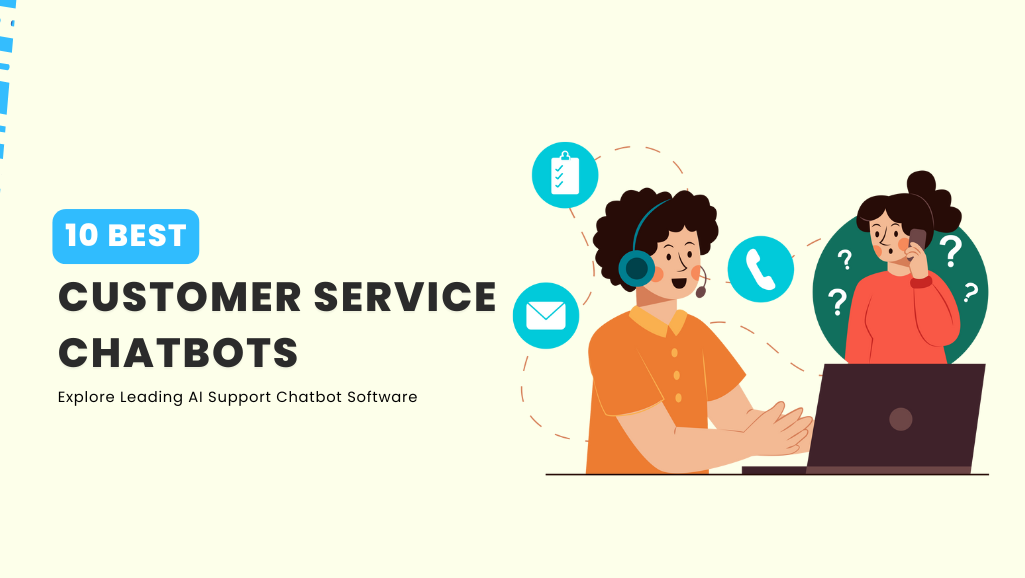
A customer sends an urgent question while your support team is offline. The delayed reply leads to frustration, and a small issue becomes a poor experience. This happens daily for businesses that cannot offer consistent, real-time support. AI chatbots help solve this. They respond instantly, understand context, guide customers through solutions, and transfer complex issues […]

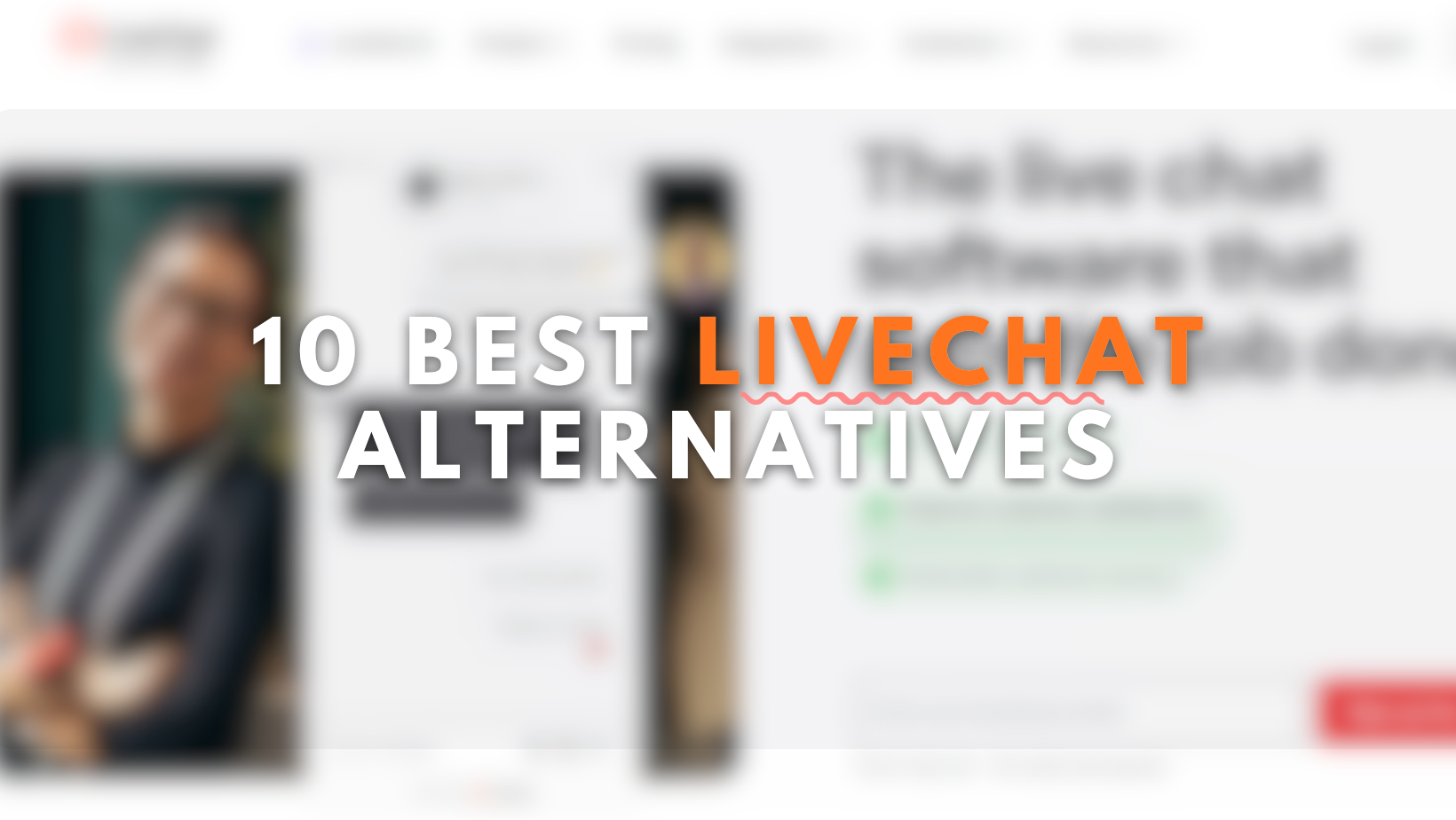
LiveChat is a customer messaging platform that has helped many teams handle customer questions through basic chat widgets, but the way businesses support customers has changed. People now expect quick answers across more channels, and support teams want tools that cut down on repetitive work instead of adding to it. As a result, many companies […]

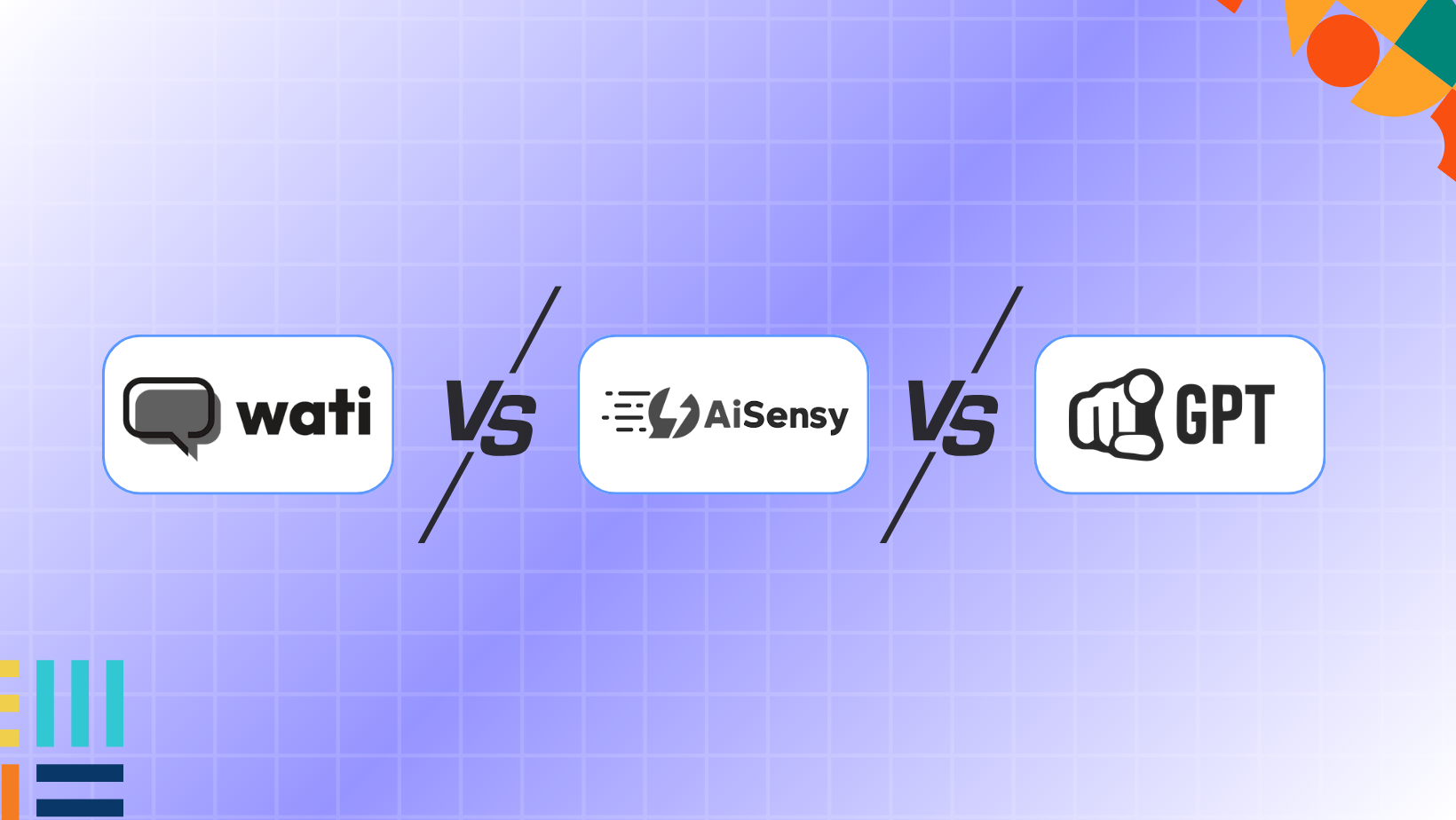
TL;DR Wati manages WhatsApp teams and shared inbox. AiSensy runs broadcast campaigns and drip sequences. YourGPT trains on your business data and executes real-time actions across multiple channels. WhatsApp and Instagram DMs now handle the majority of customer conversations for growing brands in 2025. What starts as 20-30 messages per day quickly scales to hundreds […]

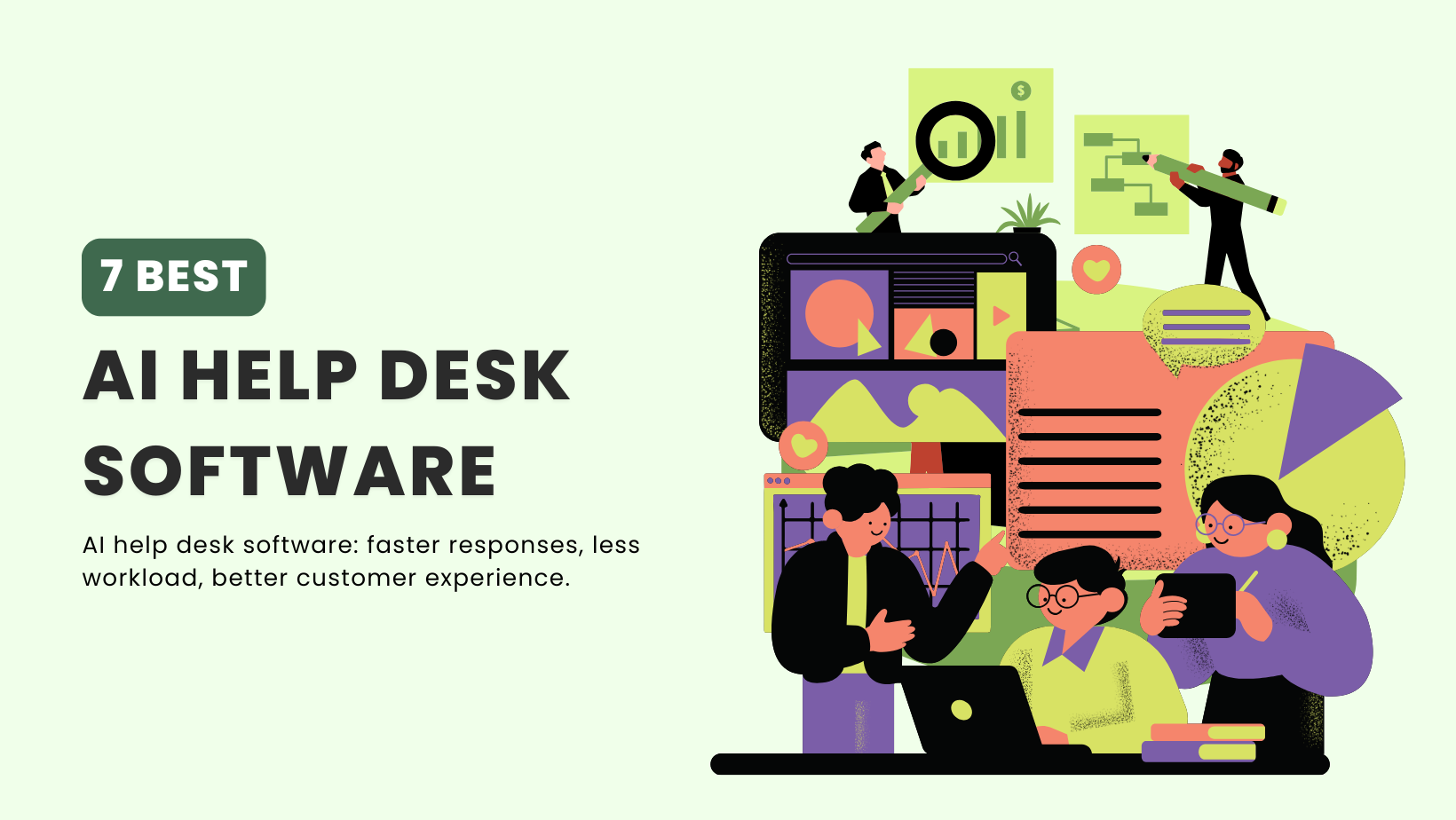
TL;DR AI help desk software reduces repetitive tickets by turning your knowledge base into instant answers. The market is growing fast as teams shift from adding agents to improving self-service and automation. This guide reviews seven platforms based on real performance so you can choose a tool that improves response quality and team efficiency. AI […]


Forethought is an AI-powered support automation platform designed to build intelligent agents for ticket deflection and intent-based workflows, primarily targeting mid-market and enterprise support teams managing high volumes of tickets. This blog reviews ten Forethought options in 2025 that offer clearer pricing, faster deployment, and better customization. The selection ranges from no-code builders for small […]

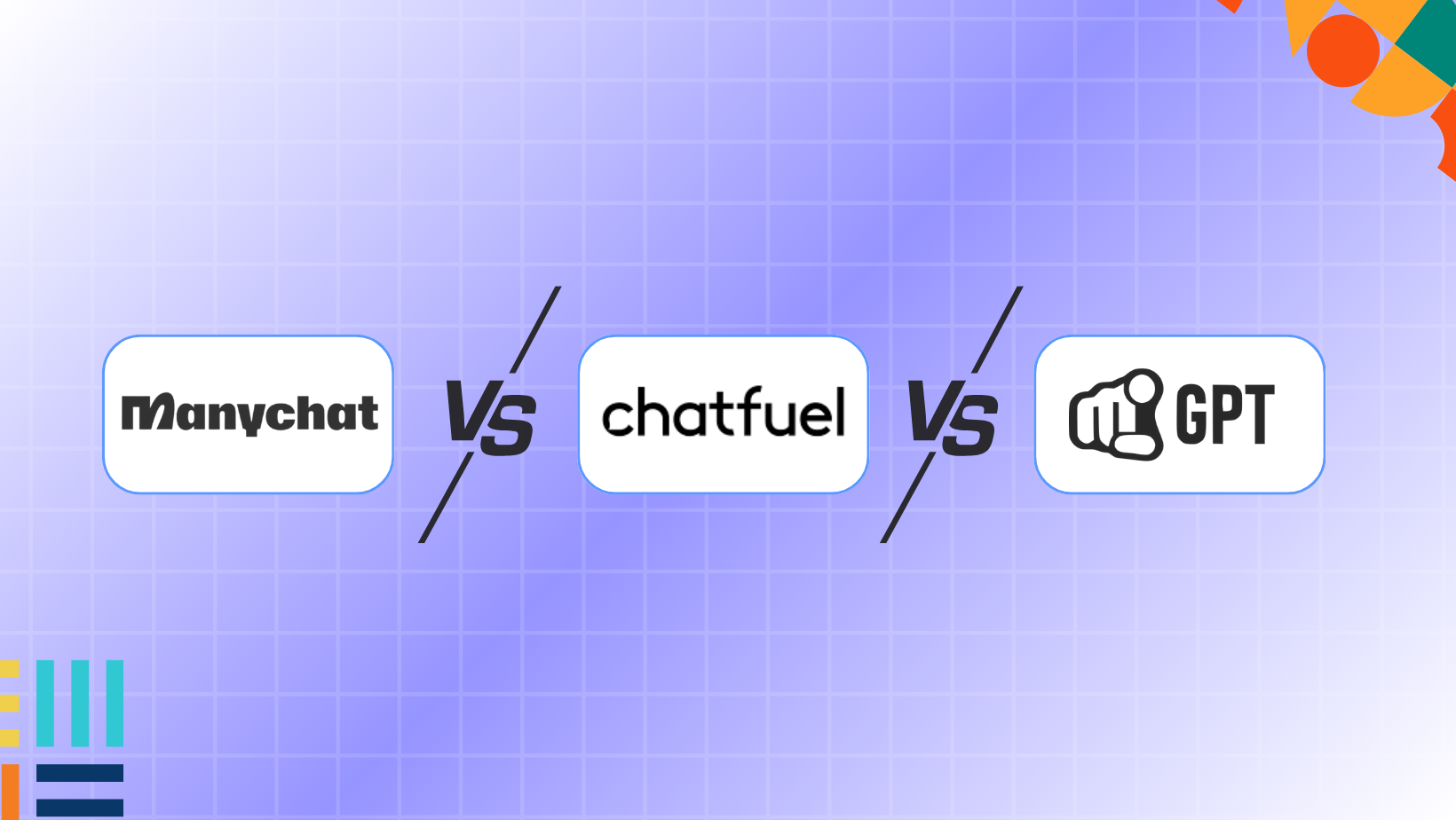
Manychat and Chatfuel are built for Facebook and Instagram marketing. They use pre-made templates and let you create conversation flows without coding. Both work well if your customer interactions happen mainly on Meta platforms. YourGPT works differently. It uses AI to handle conversations across multiple channels your website, WhatsApp, Instagram, email, and many more. It’s […]
